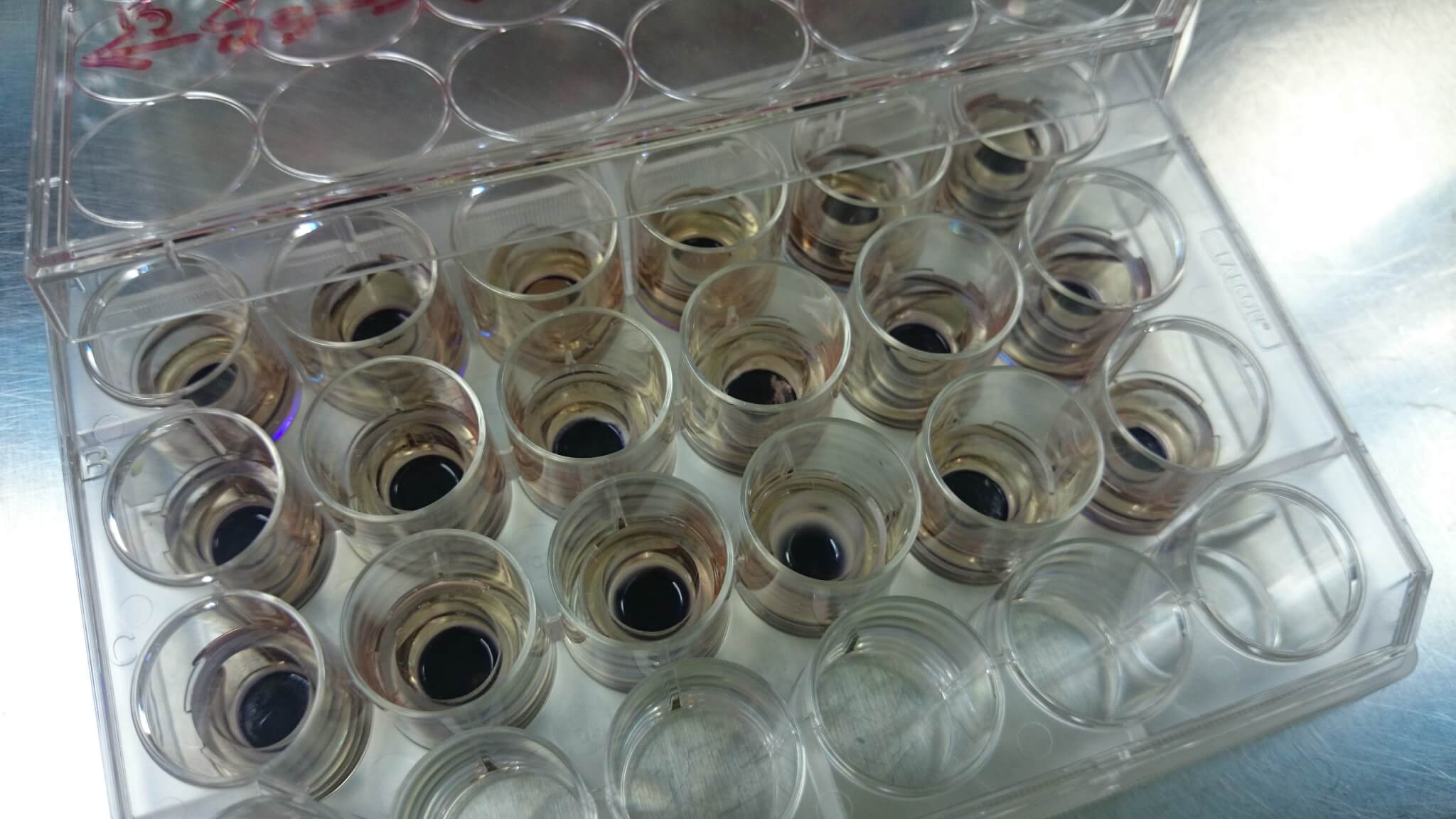In Vitro Testing for Medical Devices
The principles of Replacing, Reducing and Refining have grown interest in In Vitro testing alternatives to assess the safety of Medical Devices. At QACS we provide a variety of in vitro testing methods to evaluate Medical Devices safety. Using cells and reconstructed tissues we provide in vitro evaluation for Medical Devices. By using non-animal models, we can assess the toxicological potential of raw materials or finished products such as irritation, corrosion, cytotoxicity and gene disrupting effects. In Vitro testing services are offered in our established in vitro testing facility to provide safe and reliable toxicological study results.
QACS Lab provides GLP certified (Good Laboratory Practices) testing services. We operate an organized testing facility for GLP certified toxicological studies. Toxicological studies are applied on medicines, cosmetics, medical devices, disinfectants and chemicals. Check our GLP certification here
Cell-based alternatives for Medical Devices
In vitro Eye Irritation OECD 492
The test product is applied to the surface of the cornea epithelial construct for a fixed period, removed, and the tissue is allowed to express the resulting damage. Relative tissue viability is determined against the negative control-treated constructs by the reduction of the vital dye MTT.
In vitro Skin Irritation OECD 439
The test consists of a topical exposure of the test product to a reconstructed human epidermis (RhE) model followed by a cell viability test. Cell viability is measured by dehydrogenase conversion of MTT, present in cell mitochondria, into a blue formazan salt that is quantitatively measured after extraction from tissues. The reduction of the viability of tissues exposed to chemicals in comparison to negative controls (treated with water) is used to predict the skin irritation potential.
In vitro Skin Corrosion OECD 431
EpiDerm tissues are conditioned by pre-incubation. After pre-incubation tissues topically exposed with the test product for 3 min and 1 hr, respectively. After exposure tissues are rinsed and blotted and assay medium is replaced by MTT-medium. Cell viability is measured by dehydrogenase conversion of MTT, present in cell mitochondria, into a blue formazan salt that is quantitatively measured after extraction from tissues. The optical density (OD) of the formazan extract is determined spectrophotometrically at 540 -570 nm, and cell viability is calculated for each tissue as % of the mean of the negative control tissues. Skin corrosivity potential of the test materials is classified according to the remaining cell viability obtained after 3 minutes or 1 hour exposure with the test chemical.
In vitro Inhalation Toxicity Test
The surface of EpiAirway™ tissues (AIR-100) are exposed to the test product for 3 h in standard conditions (37 °C, 5% CO2). Untreated controls were also included in each experiment. Following exposure, the surface was rinsed with PBS and the MTT assay for tissue viability was performed to calculate the IC75 relative to the untreated control tissues.
Biological evaluation of medical devices – Part 5: Tests for in vitro cytotoxicity ISO 10993-5
ISO 10993-5 includes two testing methods that we use n QACS to assess the in vitro cytotoxicity of medical devices. Our clients can choose between the MTT cytotoxicity assay and the Neutral Red Uptake assay. According to 10993-12 and taking into account the nature of the medical device, its characteristics and its use, is determined the incubation conditions of cultured cells in contact with a device and/or extracts of a device.
Biological evaluation of medical devices — Part 3: Tests for genotoxicity, carcinogenicity and reproductive toxicity ISO 10993-3
We offer two alternatives of testing: Bacterial Reverse Mutation Test (AMES test) for evaluation of Mutagenic and carcinogenic potency and In Vitro Mammalian Chromosomal Aberration Test for evaluation of Genotoxic potency.

